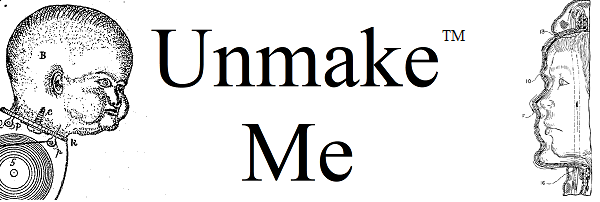I could start by talking about Man’s eternal quest for life, seeking to defy the reaper’s scythe by any means necessary. I could cite Gilgamesh and Sisyphus and their antiquarian struggles. I could even talk about grim statistical inevitability of the actuarial life tables, by which human lifetimes are quantified and divvied up.
But that’s all normal stuff that everyone knows about. This blog is about the juicy madness of the patent system, and it turns out there are a number of immortality patents. Or at least, immortality patent applications… Just picking one off the top of the stack, this is the method for human immortality:

To start, I should note that the application was originally filed in Chinese, with a set of figures that bear no resemblance to what was eventually published by the USPTO. The lawyer seems to have just copied and pasted a bunch of Chinese text into a patent application and later supplied a translation, but I can’t find any record of when these figures were submitted.
This application takes a microchip-based approach to immortality. To be fair, I had a few friends in college who were convinced they would never die because they’d be uploading their brains to computers, so it’s not like it’s that fringe of an idea. Or maybe my friends were more fringe than I realized… Either way, here’s the general idea:

Pretty standard stuff, really.
So you implant a microchip that records your memory data. Later you extract the chip and put it in a new human-machine body, creating a “new human” with your memories. What could be simpler!
But the thing with filing a patent application is that you have to enable people to make and use the invention. That’s where any immortality invention is going to run aground because, you know, it isn’t actually possible to record all the information in a human brain. You get passages like this:
Our human immortality plan is to have a high-intelligence microchip and a mesh optical fiber probe, which are implanted in the locations where memory occur and store, so as to extract effective long-term memories and short-term memories. These memories are then transferred to the brains of high-intelligence robots, thereby transferring personal memories and consciousness to achieve the great goal of human immortality.
USPP 2022/0138523, ¶32
No word on how to actually make such a thing, except that “optical fiber probes” are used to record memories. This might be enough if optical fiber probes were commonly used to record memories. But while I’m no probe-ologist, that seems like a dubious claim to me.
Where the application is lacking in technical details, it does have a section on ethics! It provides fives steps for “The Safeguard of Making New Humans,” but those steps include ensuring the person doesn’t have a criminal record and has a “Strong financial background.” And while it does provide for preventing “the possibility that the new humans are being manipulated and induced for deterioration of human nature,” elsewhere the application talks about editing the person’s memories “according to the standards of public morals.”
I am not sure many ethical philosophers would get behind the idea of requiring a credit check to gain immortality, so I think the applicant’s bioethics might be as suspect as their neuroscience.
This is a relatively recent application and has not even been examined yet. In the next installment of the immortality files, I’ll peek under the hood at how these applications get rejected. And maybe I’ll even find one that passes muster!

